The Positive Impact of Acquiring English as a Foreign Language (EFL)
Resumen
Acquiring English as a Foreign Language (EFL) brings a wide range of cognitive, academic, socio-economic, and cultural advantages. This paper investigates these benefits using a mixed-methods design that integrates surveys, interviews, and analysis of students’ academic records. The research centers on Latin American students from varied educational settings and economic backgrounds. Key findings indicate gains in metalinguistic skills, access to broader career pathways, and stronger intercultural abilities. Additionally, statistical data reveal improved academic outcomes and higher job placement rates for bilingual individuals. These insights provide valuable input for shaping future research and informing educational policies aimed at strengthening EFL instruction in non-English-speaking regions.
Descargas
Citas
Adesope, O. O., Lavin, T., Thompson, T., & Ungerleider, C. (2010). A systematic review and meta-analysis of the cognitive correlates of bilingualism. Review of Educational Research, 80(2), 207–245. https://doi.org/10.3102/0034654310368803
American Educational Research Association. (2011). Code of ethics. https://www.aera.net/About-AERA/Code-of-Ethics
Baker, C. (2011). Foundations of bilingual education and bilingualism (5th ed.). Multilingual Matters.
Bialystok, E. (2017). Bilingualism and the development of executive function: The role of attention. Child Development Perspectives, 11(4), 213–217. https://doi.org/10.1111/cdep.12217
Braun, V., & Clarke, V. (2006). Using thematic analysis in psychology. Qualitative Research in Psychology, 3(2), 77–101. https://doi.org/10.1191/1478088706qp063oa
British Council. (2015). The English effect. British Council Publications.
British Educational Research Association. (2018). Ethical guidelines for educational research (4th ed.). https://www.bera.ac.uk/publication/ethical-guidelines-for-educational-research-2018
Callan, V. J. (2014). Economic benefits of bilingualism in the labor market. International Journal of Bilingual Education and Bilingualism, 17(4), 385–399. https://doi.org/10.1080/13670050.2013.796850
Cambridge Assessment English. (2019). The impact of English language skills on employability. Cambridge University Press.
Cenoz, J., & Genesee, F. (Eds.). (1998). Beyond bilingualism: Multilingualism and multilingual education. Multilingual Matters.
Crystal, D. (2003). English as a global language (2nd ed.). Cambridge University Press.
Cummins, J. (2000). Language, power, and pedagogy: Bilingual children in the crossfire. Multilingual Matters.
Díaz-Rico, L. T. (2013). Strategies for teaching English learners (3rd ed.). Pearson.
Ellis, R. (2008). The study of second language acquisition (2nd ed.). Oxford University Press.
García, O. (2009). Bilingual education in the 21st century: A global perspective. Wiley-Blackwell.
García, O., & Wei, L. (2014). Translanguaging: Language, bilingualism and education. Palgrave Macmillan.
Graddol, D. (2006). English next. British Council.
Kroll, J. F., & Bialystok, E. (2013). Understanding the consequences of bilingualism for language processing and cognition. Journal of Cognitive Psychology, 25(5), 497–514. https://doi.org/10.1080/20445911.2013.799170
Krashen, S. D. (1982). Principles and practice in second language acquisition. Pergamon.
Lightbown, P. M., & Spada, N. (2013). How languages are learned (4th ed.). Oxford University Press.
Macaro, E. (2003). Teaching and learning a second language: A guide to recent research and its applications. Continuum.
Norton, B. (2013). Identity and language learning: Extending the conversation (2nd ed.). Multilingual Matters.
OECD. (2018). Education at a glance 2018: OECD indicators. OECD Publishing. https://doi.org/10.1787/eag-2018-en
Paradis, J., Genesee, F., & Crago, M. B. (2011). Dual language development and disorders: A handbook on bilingualism and second language learning (2nd ed.). Brookes Publishing.
Rubinstein-Ávila, E. (2016). The impact of bilingualism on social mobility in Latin America. Journal of Latin American Studies, 48(3), 513–533. https://doi.org/10.1017/S0022216X15000743
Saiz, A., & Zoido, E. (2005). Listening to what the world says: Bilingualism and earnings in the United States. Review of Economics and Statistics, 87(3), 523–538. https://doi.org/10.1162/0034653054638256
Seidlhofer, B. (2001). Closing a conceptual gap: The case for a description of English as a lingua franca. International Journal of Applied Linguistics, 11(2), 133–158. https://doi.org/10.1111/1473-4192.00011
TESOL International Association. (2020). The 6 principles for exemplary teaching of English learners: Grades K–12. TESOL Press.
Thomas, W. P., & Collier, V. P. (2002). A national study of school effectiveness for language minority students’ long-term academic achievement. Center for Research on Education, Diversity & Excellence.
Thomas, W. P., & Collier, V. P. (2012). Dual language education for a transformed world. Dual Language Education of New Mexico/Fuente Press.
UNESCO. (2021). Global education monitoring report 2021: Non-state actors in education: Who chooses? Who loses? UNESCO Publishing. https://www.unesco.org/gem-report/en/2021
Añapa Quiñónez, P. L., Recalde Páez, J. P., Fey Zalamea, C. D., Rivera Quiñónez, E. D., & Acuri Pacheco, D. A. (2025). Estrategias para la Implementación Efectiva del Aprendizaje Híbrido (Blended Learning) en Instituciones Educativas Rurales del Ecuador: Un Análisis Integral. Ciencia Y Reflexión, 4(2), 1160–1184. https://doi.org/10.70747/cr.v4i2.325
Agila Mocha, R. J., Vivanco Ureña, C. I., León Bravo, F. E., & Reyes Carrión , J. P. (2025). Software Educativos para el Proceso de Enseñanza Aprendizaje de Matemáticas en Bachillerato. Ciencia Y Reflexión, 4(2), 1341–1369. https://doi.org/10.70747/cr.v4i2.334
Chen Shih , J. (2025). Relación entre inteligencia emocional y rendimiento académico en estudiantes de nivel superior de Arequipa en la postpandemia . Ciencia Y Reflexión, 4(2), 648–667. https://doi.org/10.70747/cr.v4i2.299
Derechos de autor 2025 Xilena Aldeán Sandoval , Joseph Fritzner

Esta obra está bajo licencia internacional Creative Commons Reconocimiento 4.0.

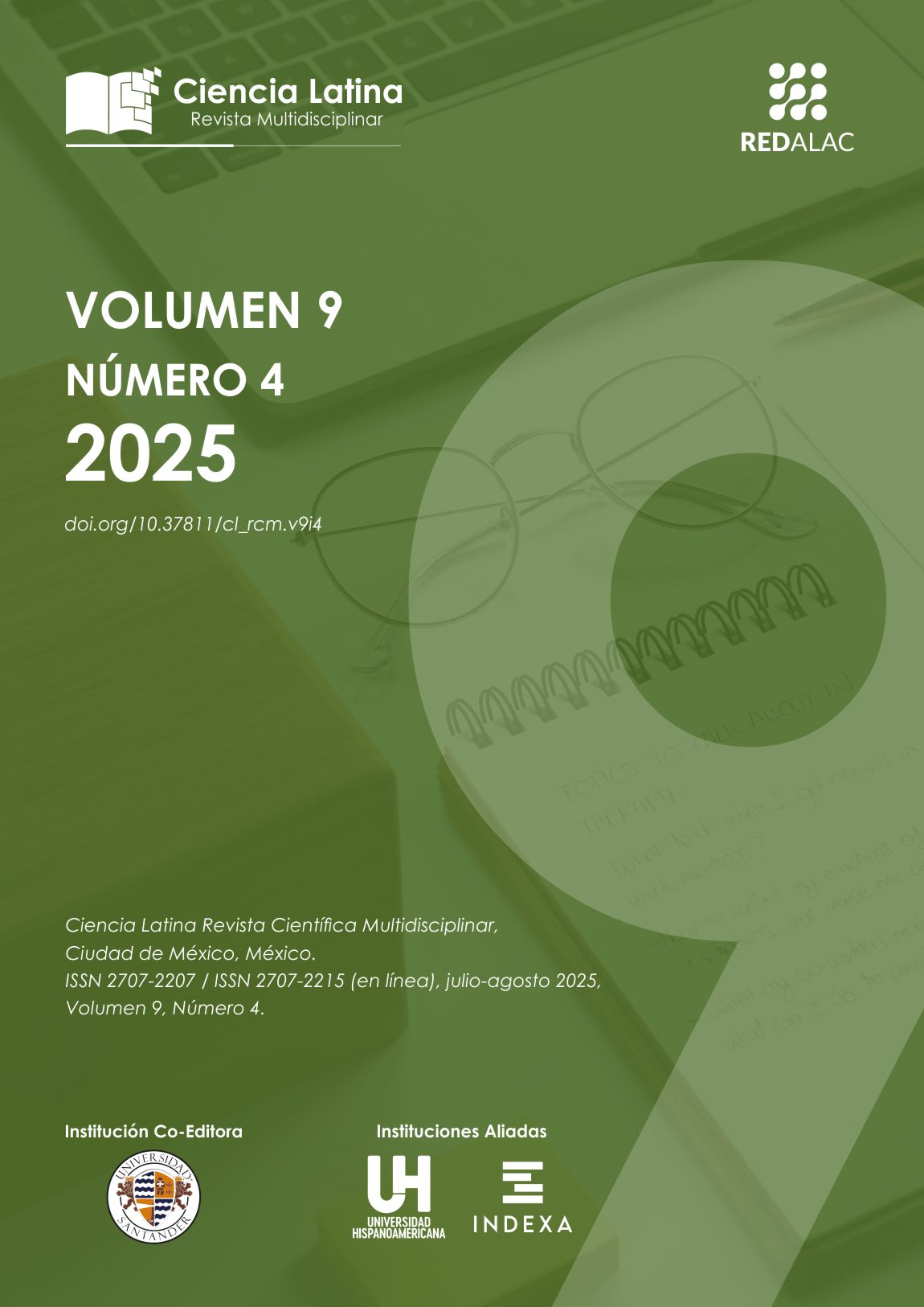
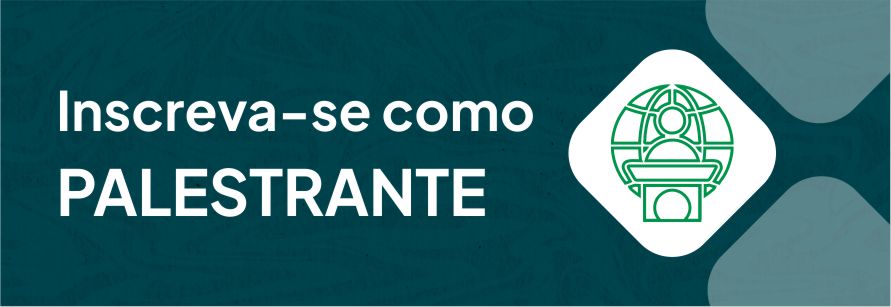
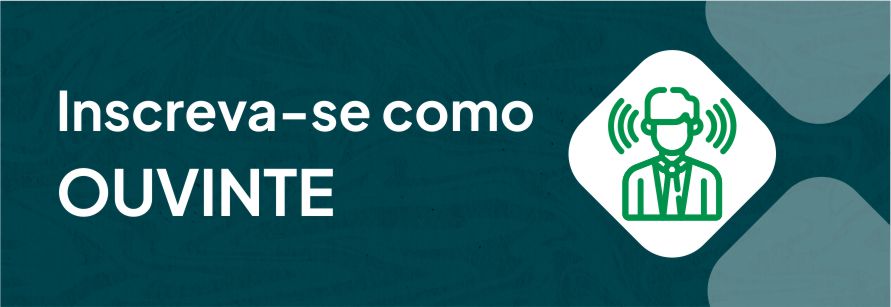









.png)
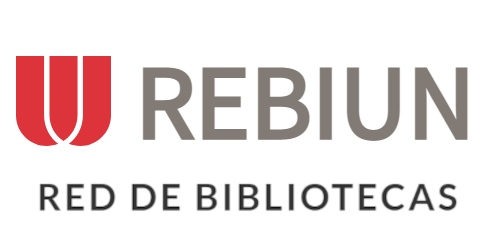







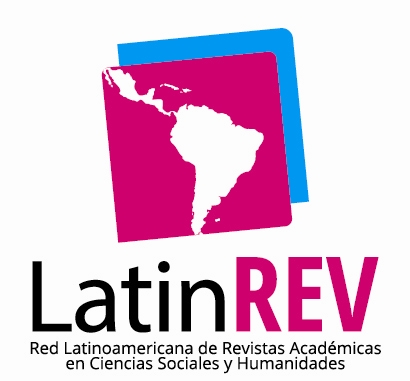

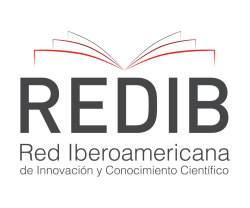




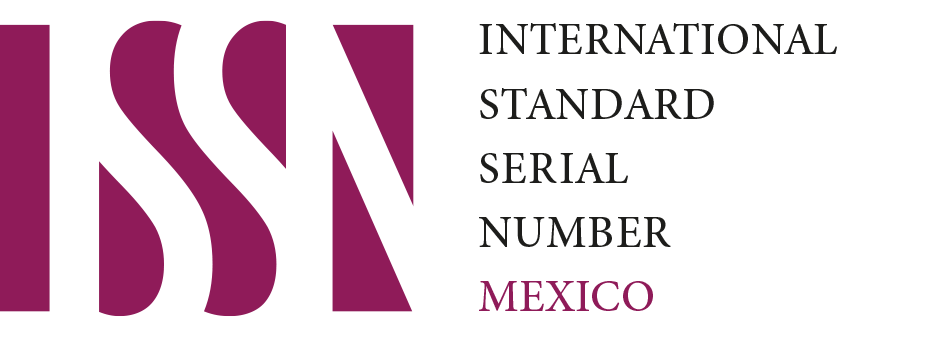
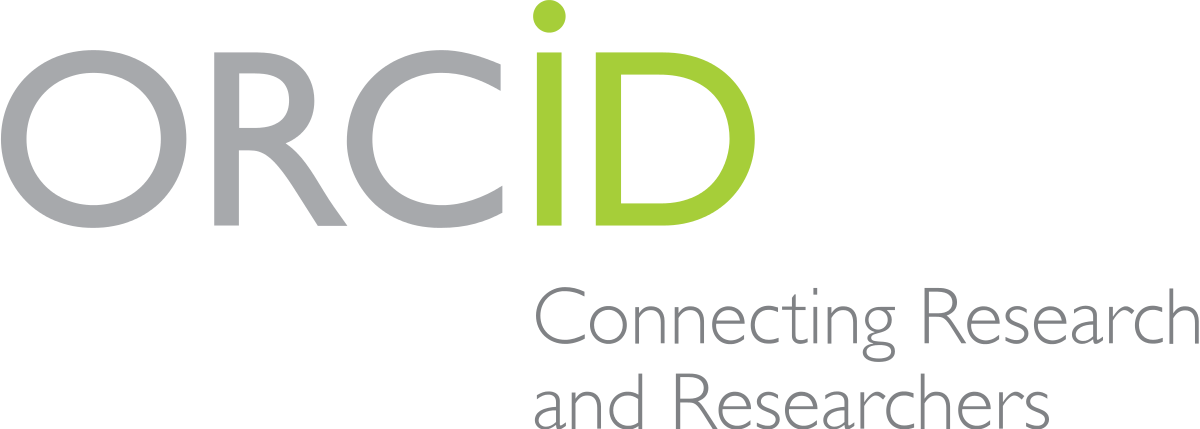



.png)
1.png)


